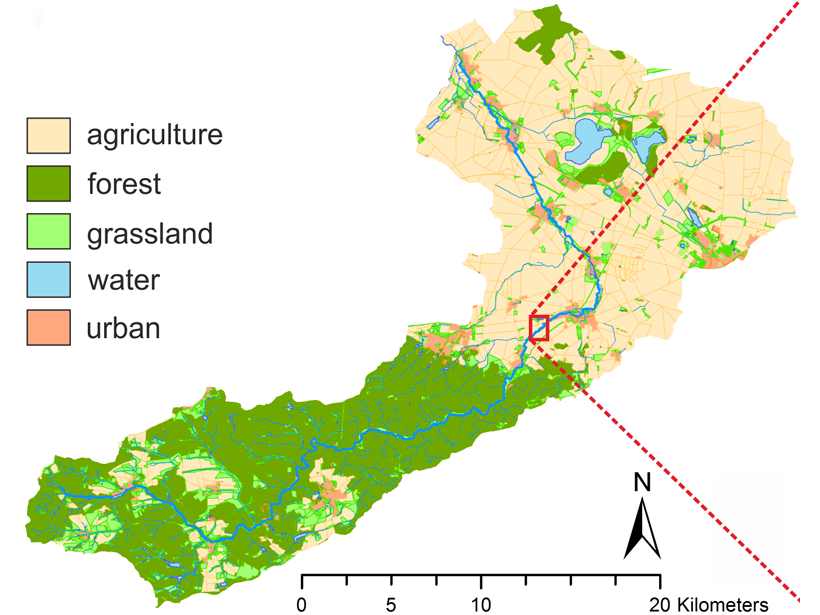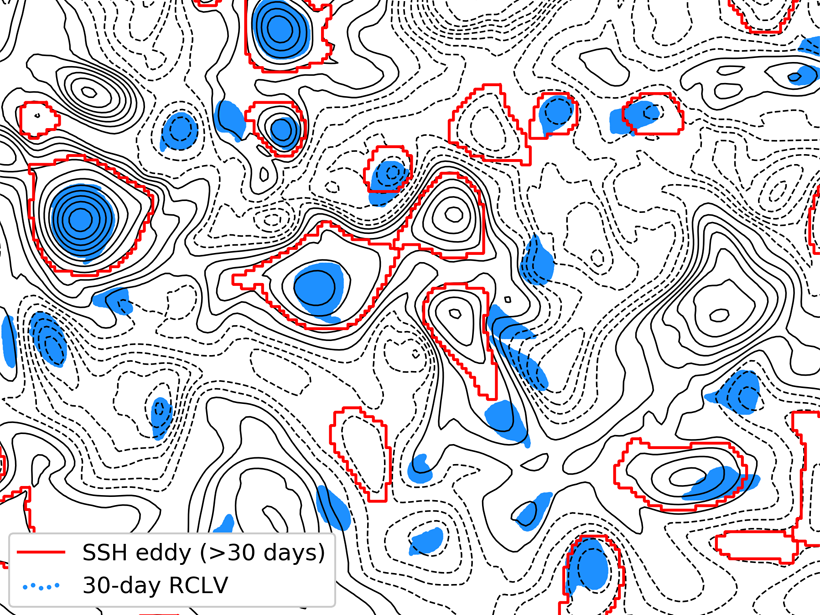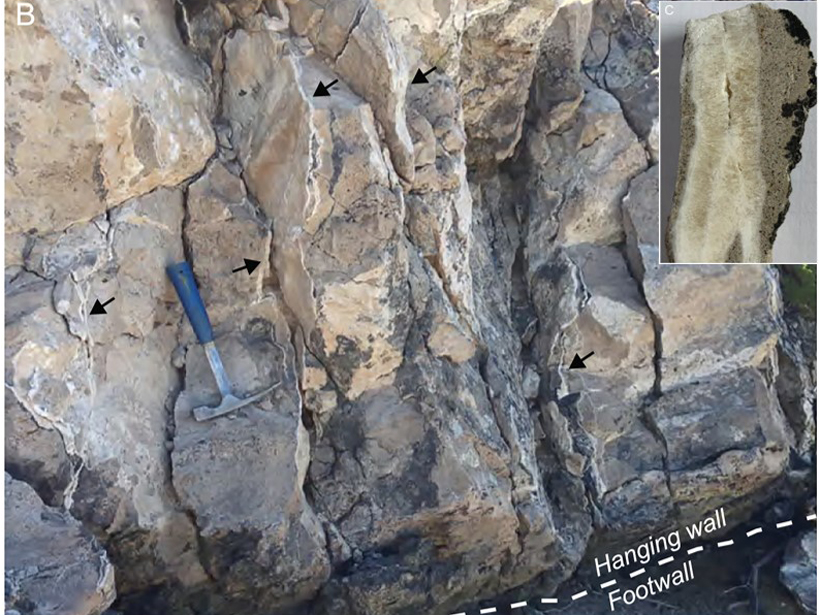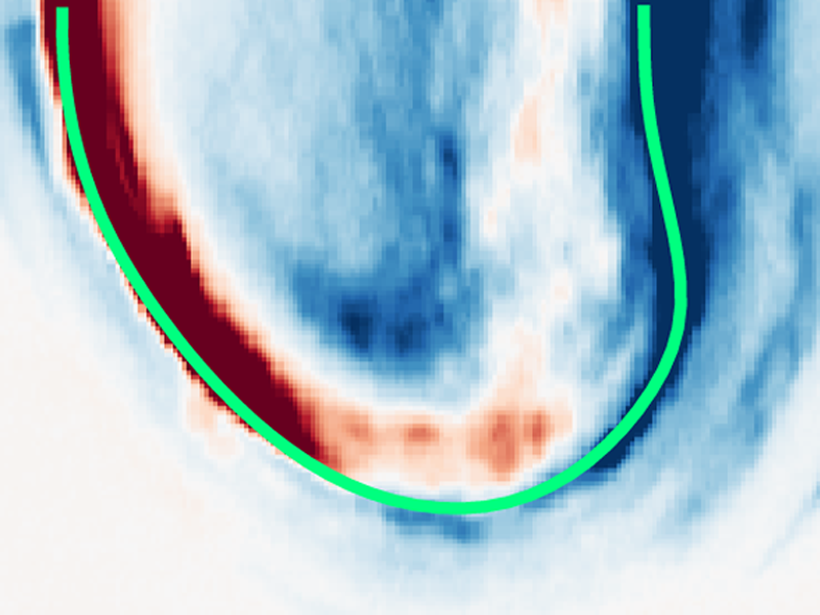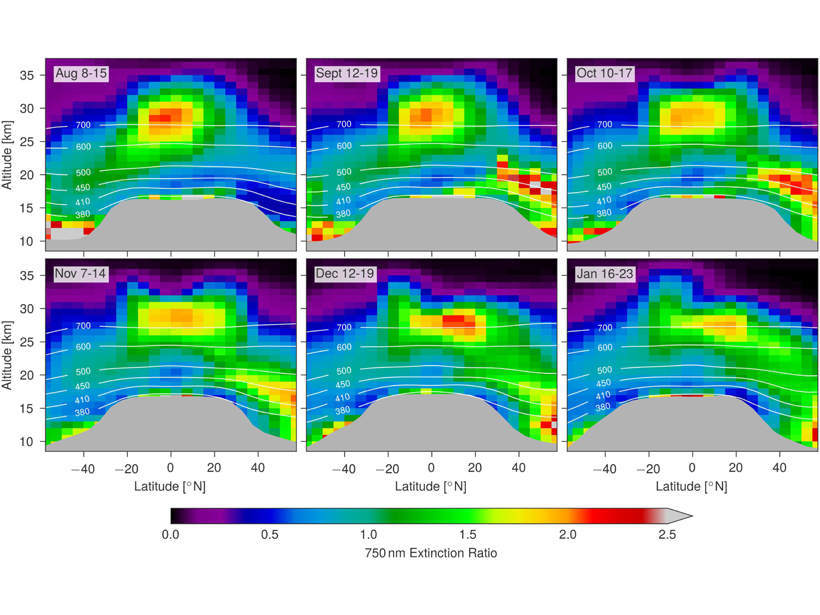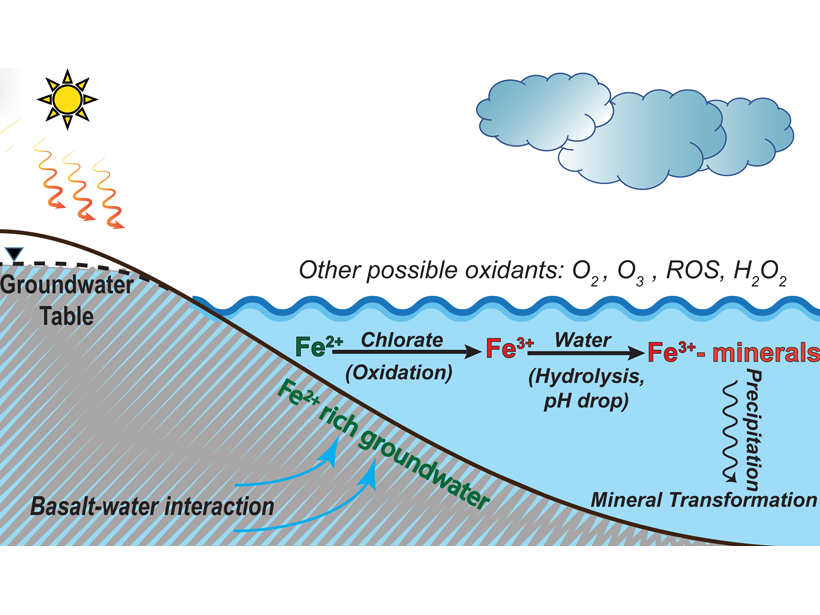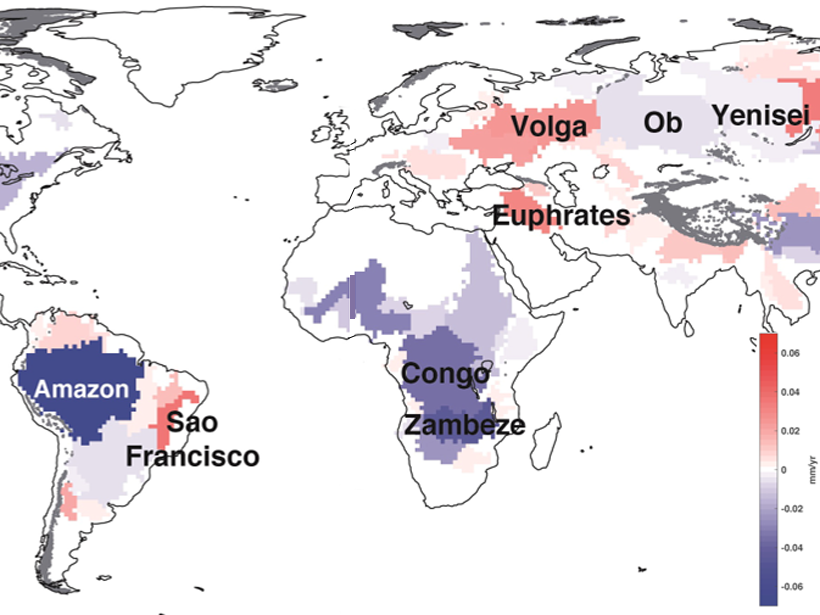A new model quantifies the relative contributions of denitrification and other processes of nitrogen uptake, such as by plants, from groundwater in riparian areas around streams.
Editors’ Highlights
Different Eddy Transport for “Lazy” and “Athletic” Observers
Two specifications of fluid dynamics—taking measurements at a fixed point and following a fluid parcel—are compared for quantifying eddy transport in the ocean.
Microphysics and Positive Lightning in Hokuriku Winter Clouds
The microphysics of the frequent, and frequently positive, lightning of Hokuriku winter clouds was investigated by systematic, in situ observation of individual precipitation particle type and charge.
Hydropower and Bugs
Alpine hydropower plants commonly flush sediment that accumulates at intakes, but the associated rapid rise in discharge, turbidity, and streambed instability put aquatic insects at risk.
Atmospheric Rivers Trigger Heavy Snowmelt in Western USA
A rare atmospheric phenomenon that transports large quantities of water vapor into the coastal watersheds of the western USA is responsible for up to 10–20% of intense snowmelt events in the region.
What Controls How Quickly Faults Heal?
The rates at which fault zones “heal” through secondary mineralization have been elusive, but uranium-thorium dating of calcite growth in fault-zone fractures may provide the answer.
Using a Machine to Help Us Learn About Jupiter’s Aurora
A first usage of principal component analysis on Hubble images of Jupiter’s auroral ovals reveals the most common patterns, and machine learning classification reveals their physical causes.
Satellite Measurements of Stratospheric Forest Fire Smoke
Intense boreal forest fires in August 2017 caused smoke plumes that reached record levels in the stratosphere; satellite measurements show that the effects rivaled a moderate volcanic eruption.
Why Is the Red Planet Red? Chlorate May Oxidize Mars’ Surface
Laboratory experiments and geochemical model suggest that chlorate is very effective to oxidize reducing iron to reddish iron oxides on Mars when liquid water was present on the surface.
A Closure on Sea Level Rise Budget
Terrestrial water loss may explain the lack of previous budget closure in global mean sea level rise.

